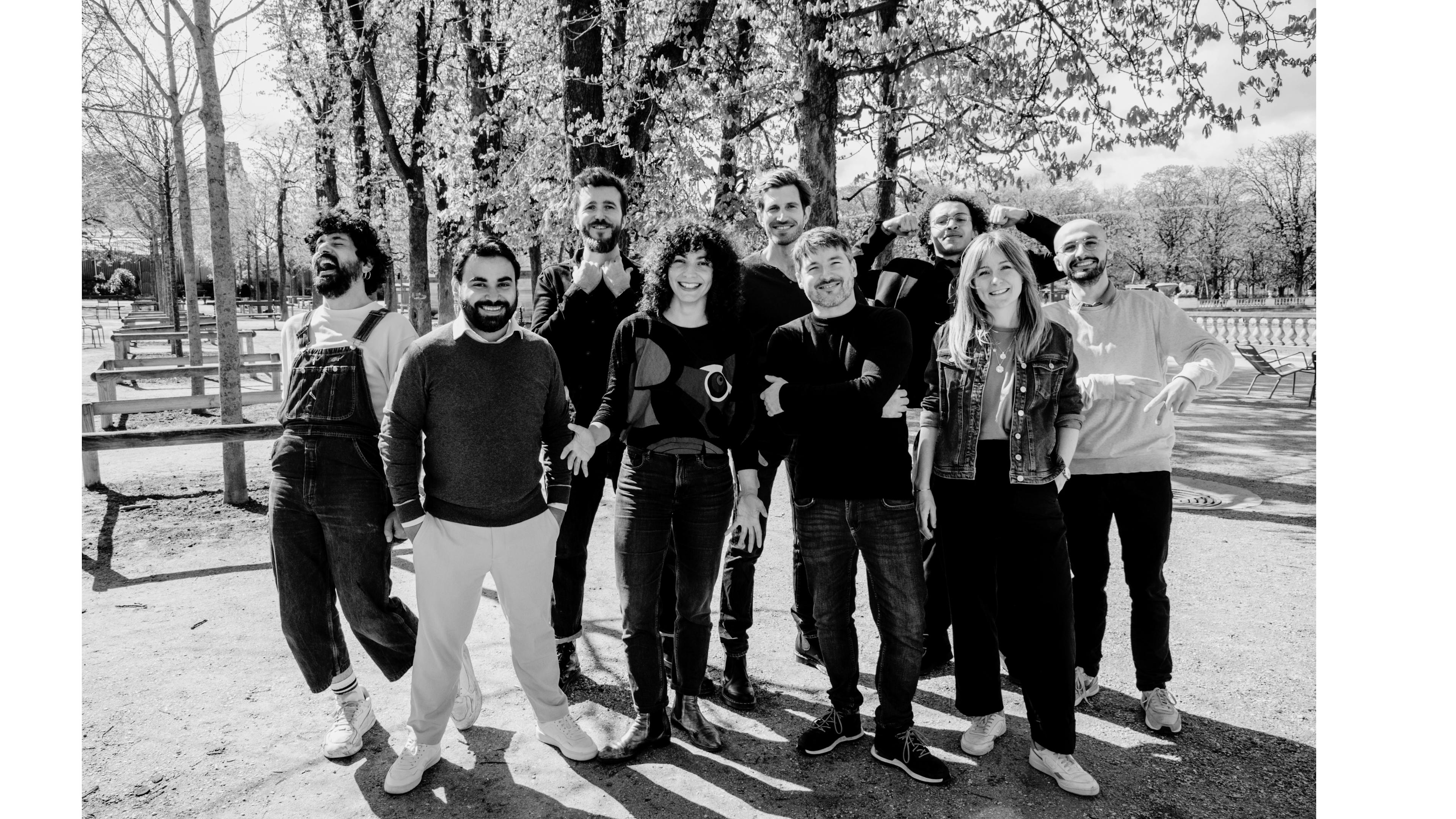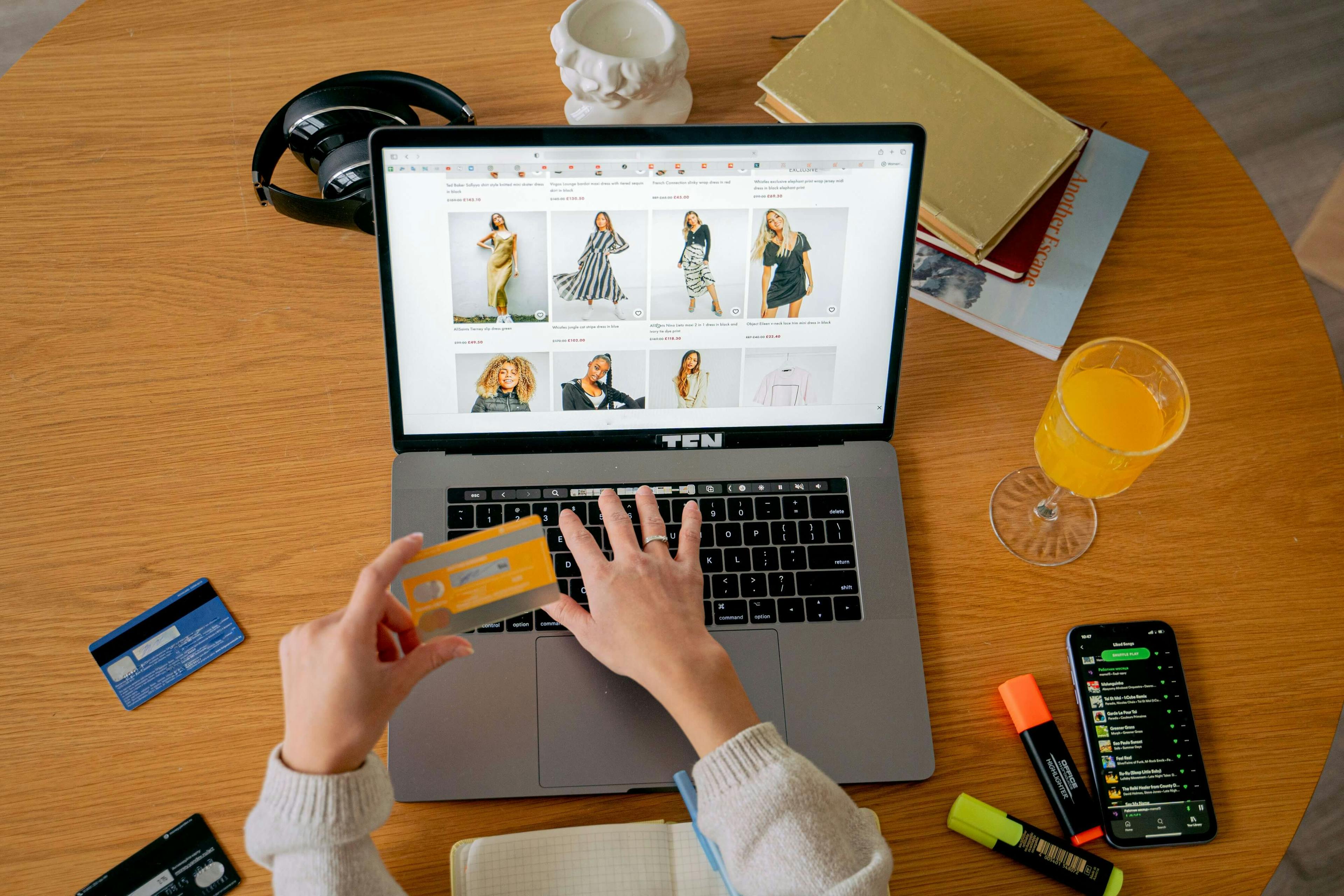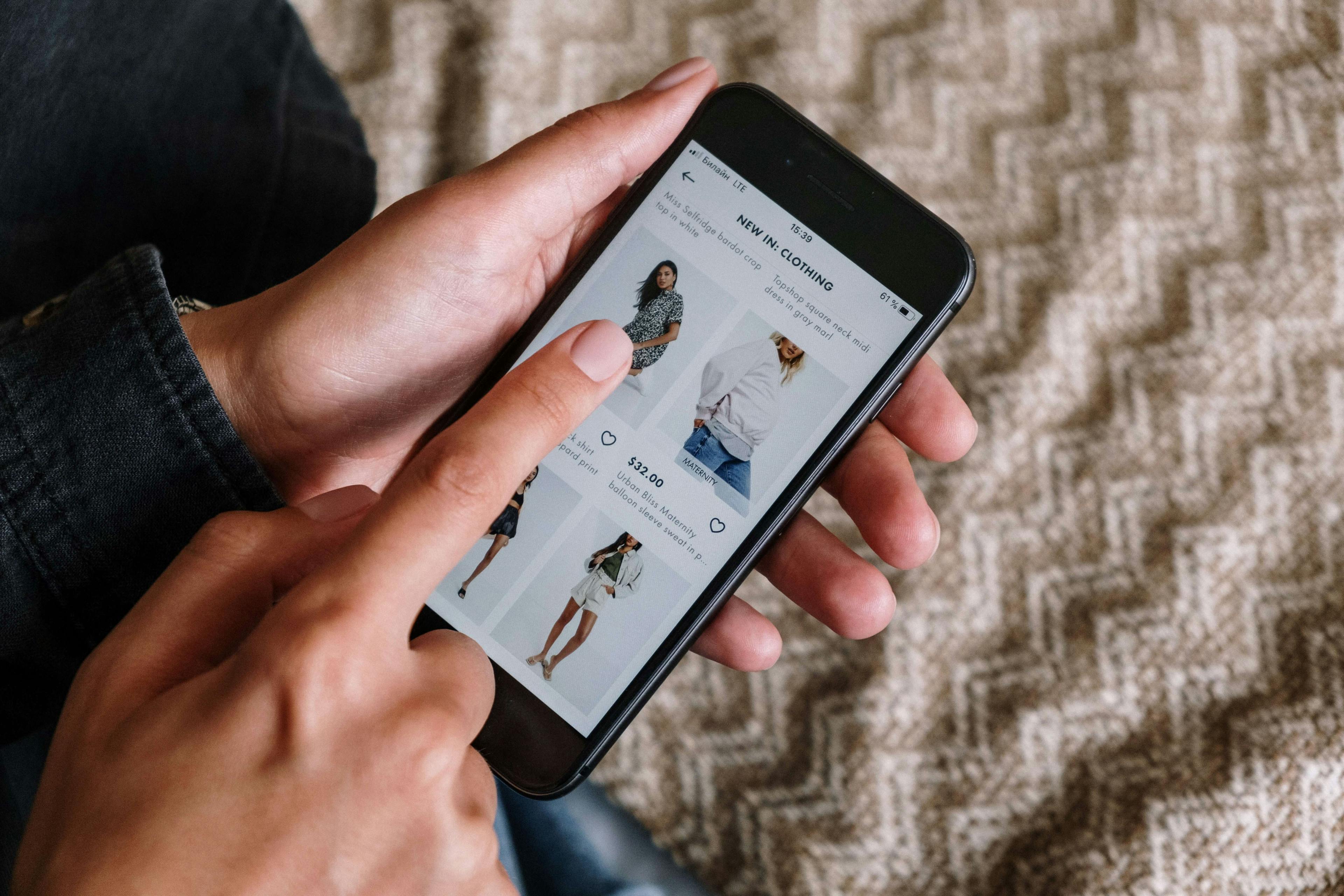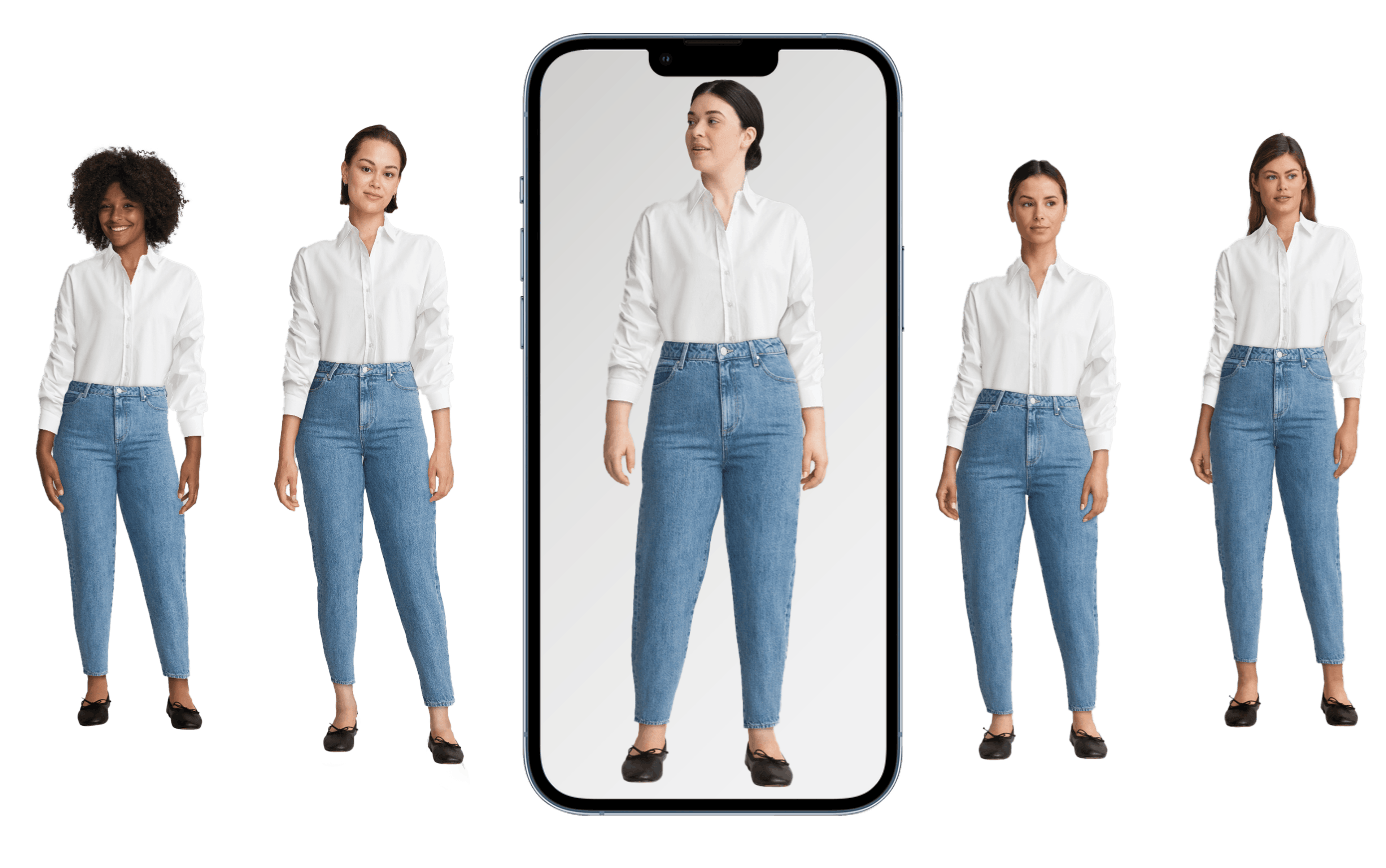
Augmented e-commerce: a trend that has become the new standard
The shopping experience is constantly evolving, and consumer needs are changing with it. Online shopping, which was once limited to simply selecting products from a catalog, has been transformed by the growing demand for personalization and innovation. Today's consumers are more demanding than ever, expecting unique shopping experiences tailored to their individual needs.
Augmented shopping: a growing trend in e-commerce
Whether augmented reality, virtual reality or 3D, these new technologies are transforming the shopping experience, enabling e-commerce customers to interact with products in a more immersive and personalized way.
They can visualize, try on, change product colors... all of these features perfectly reproduce the in-store experience and enhance customer satisfaction.
Augmented shopping has been democratized in several sectors: fashion, cosmetics, automotive, furniture... responding to the specificities of each field.
The impact of this new trend is not limited to the customer. Indeed, by offering innovative experiences, brands stand out from their competitors, increase their online conversion and build long-term customer loyalty.
Augmented shopping also helps brands reduce the costs associated with product returns, as customers are able to make more informed purchasing decisions. What's more, brands can access data on customers' preferences and buying habits, enabling them to refine their marketing strategy and propose more personalized offers.
Augmented shopping in the fashion industry
1) Snapchat: from social network to shopping platform
Far from fun filters and avatars, Snapchat is now offering its users augmented shopping experiences. Snapchat users can now try on clothes, make-up and accessories from a range of brands.
This development comes from a study conducted by Ipsos on behalf of Snap, entitled "Augmentality Shift". Conducted in spring 2022 in 16 countries, the study revealed some very interesting data on the perceived value of augmented reality:
- 56% of consumers see shopping as the main reason for using augmented reality (63% among millennials)
- 72% of consumers are interested in using augmented reality to interact with a product before purchasing it
- 82% of brands using augmented reality say it increases sales, acquires new customers and improves key performance indicators
- Products offering augmented reality experiences to customers have a conversion rate of 94%
Noticing these indicators, Snapchat launched AR Explore: a dedicated shopping area on its app.
In concrete terms, brands can design filters that allow consumers to try out their products. Options range from 2D, which applies products to photos as if seen in a mirror, to 3D solutions, which use videos and scaled images of the products in question.
Consumers quickly see product information on a simplified interface: price, description and a single URL for purchase.
On the brand side, real-time results, instant feedback on products that appeal to the public, are opening up to a new target (Generation Z and millennials).
As the feature continues to evolve, Snapchat counts over 250 million people who have used its Shopping Lenses more than 5 billion times.
2) Enhanced e-commerce experiences with Veesual
To boost fashion e-commerce, Veesual has set up augmented e-commerce experiences for brands.
There are several of these, such as Mix&Match, which lets shoppers try on clothes directly online and compose their own look by assembling tops, bottoms, jackets, shoes and accessories, while browsing the brands' various collections.
Or Switch Model, which lets customers choose a mannequin with whom they identify by morphology, size, skin color... and try on clothes on the same mannequin.
These experiences increase customer engagement, boost conversion through cross-selling (via look recommendations) and reflect the inclusive nature of brands on their websites.
Want to know more about augmented e-commerce experiences?
Contact us at hello@veesual.ai
RESOURCES
Discover our new article

Veesual raises 5 million euros
We are thrilled to announce that AVP and Techstars are joining our journey at Veesual. This exciting development marks a significant milestone as we aim to become a global leader in AI-powered image-generation technologies for fashion.

Why does personalization make a difference in fashion e-commerce?
Nowadays, fashion e-commerce is a very competitive sector, with increasingly demanding customers. Fashion brands have to find solutions to stand out, increase their performance and satisfy their customers. It's no longer just about offering the best products, but also about providing an impeccable shopping experience. Personalization is a solution to meet this challenge.

Myth 1: Virtual fittings are not realistic, because you can't actually try on the clothes.
In the fashion e-commerce sector, virtual fitting has become a must-have feature, but it remains a controversial subject for some.In a series of articles, we're going to demystify the myths surrounding virtual fitting. The first is that virtual fitting is ineffective because it doesn't offer a real fitting experience. We can start by recalling that e-commerce customers are those who rarely, if ever, visit physical stores, for a number of reasons: lack of time, no attraction to in-store waiting, especially for fitting room queues. Brands need to be able to adapt to these customers, because the need remains the same: to buy clothes. And, as in a physical store, this purchase is based on several aspects and questions: "does it fit me", "do I like it", "what would it go with"... The virtual fitting experience answers these questions by reproducing as closely as possible the fitting room in a physical store.

